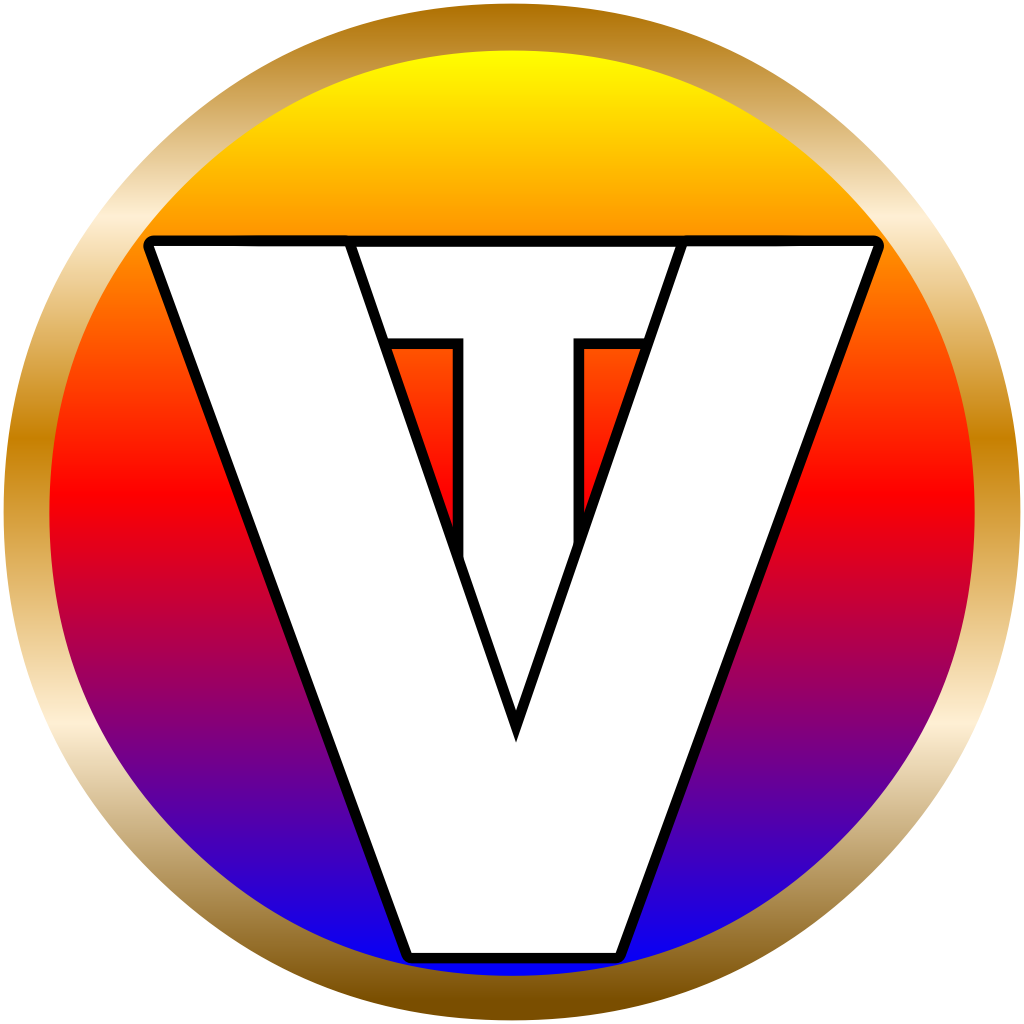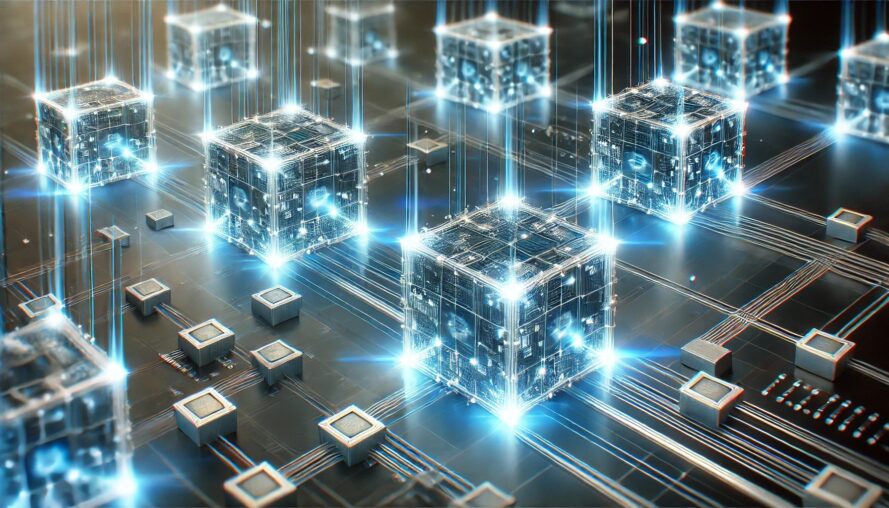Have you ever wondered how cryptocurrencies like Bitcoin work? Or how digital transactions stay secure without a bank in the middle? The answer is blockchain technology! It might sound complicated, but don’t worry—I’ll break it down into simple terms with real-life examples.
What is Blockchain?
Blockchain is a digital ledger (like a notebook) that records transactions securely. Unlike a traditional notebook where only one person writes and manages it, blockchain is shared across many computers. This makes it almost impossible to alter or hack.
Think of it as a Google Document that multiple people can access.
- Once something is written, it cannot be changed without everyone agreeing.
- Everyone has a copy, so if one copy is lost or tampered with, the others remain safe.
This makes blockchain extremely transparent, secure, and trustworthy.
How Does Blockchain Work?
A blockchain consists of blocks, and each block contains:
- Data – Information like transaction details (who sent what to whom).
- A Unique Code (Hash) – A fingerprint that identifies the block.
- The Previous Block’s Hash – This links it to the previous block, forming a chain.
Imagine a train with many carriages (blocks) linked together.
- Each carriage has a lock (hash), and the key to the next carriage depends on the previous one.
- If someone tries to change anything in one carriage, all carriages must be changed, which is almost impossible!
This makes blockchain tamper-proof.
Where is Blockchain Used? (Real-Life Examples)
💰 Cryptocurrency (Bitcoin & Ethereum)
- Bitcoin transactions use blockchain to keep a public record of who owns what.
- No banks or middlemen are needed—just a decentralized network of computers verifying transactions.
📦 Supply Chain Management (Tracking Products)
- Companies like Walmart and IBM use blockchain to track where food, clothes, or medicines come from.
- If a product is defective, blockchain helps find exactly where and when the problem occurred.
📜 Digital Contracts (Smart Contracts)
- Imagine a vending machine: You insert money, and the machine automatically gives you a snack—no cashier needed!
- Blockchain uses smart contracts to do the same with digital agreements—automating things like real estate deals and insurance claims.
🎨 NFTs & Digital Art
- Artists can sell digital artwork as NFTs (Non-Fungible Tokens) using blockchain, proving ownership and authenticity.
- This prevents copies and piracy in the digital world.
Why is Blockchain Important?
✅ Security – Hard to hack because all copies must be changed at the same time.
✅ Transparency – Everyone sees the records, reducing fraud.
✅ No Middleman – Saves time and money in transactions.
Final Thoughts
Blockchain is a game-changing technology that’s already improving banking, business, and even art! While you may not notice it in daily life, it’s working behind the scenes to make systems safer, faster, and more efficient.
Would you like to see more real-world blockchain examples? Let me know in the comments!

